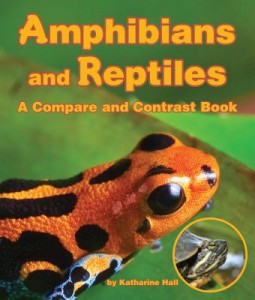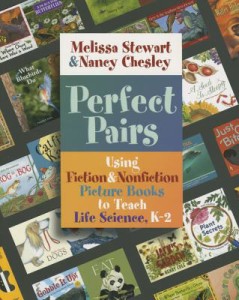Most kids are enchanted by animals. They love learning about their behaviors, discovering where they live and grow, and finding the similarities and differences between them. Two books, published by Arbordale Publishing this past year, make a welcome addition to any primary grade classroom
How do young animals know what to do and how to do it? It’s all about instincts and learned behaviors. THEY JUST KNOW by Robin Yardi, illustrated by Laurie Allen Klein, is the perfect book to initiate a conversation with young readers on this topic. From Kirkus Reviews:
Drawing a line between human and animal behaviors, this debut from Yardi teaches children about instinctual behaviors. Alternating double-page spreads first show… animals “learning” how to do something and then the reality: spring peeper tadpoles don’t get lessons in leaping at school, and no one has to teach them their iconic song. A turn of the page reveals: “Mother peepers lay a lot of lovely eggs and hop away. Little tadpoles just know what to do, all on their own.”
This charming book, fancifully illustrated with humorous anthropomorphized scenes juxtaposed beside realistic scenes of animals in their natural habitats, will act as a springboard to start the conversation.
Want to learn more? Check back later this week for a 2-part interview with author, Robin Yardi.

A wonderful place to begin a primary grade classroom’s study of the similarities and differences between two specific animal classifications is the book AMPHIBIANS AND REPTILES: A Compare and Contrast Book by Katharine Hall. Stunning photographs make it easy for children to gain knowledge about these two, often confused, animal classifications. Information is broken down into manageable chunks and a helpful educational section called “For Creative Minds” can be found at the back of the book. (It can also be accessed HERE.)
Interested in taking things a step further? Look for additional CCSS-aligned resources in Melissa Stewart’s and Nancy Chesley’s new teacher resource book Perfect Pairs: Using Fiction and Nonfiction Picture Books to Teach Life Science, K-2 (Stenhouse, 2014).











Nice post–it’s great to pair the books and learn how to talk about the topic in different ways.
Thanks, Lynn! I agree that teachers, especially, love to pair books to help develop and cement topics! It’s a wonderful and meaningful way to teach new topics.